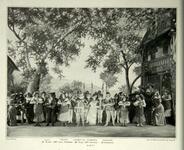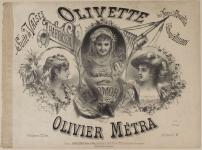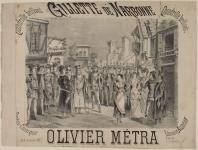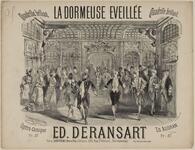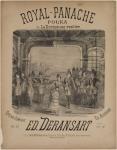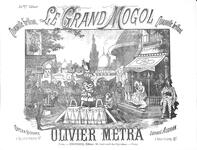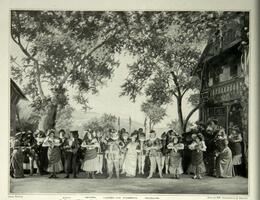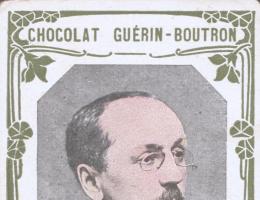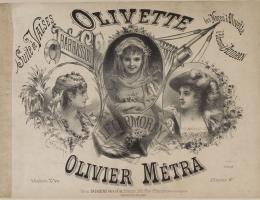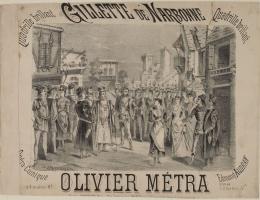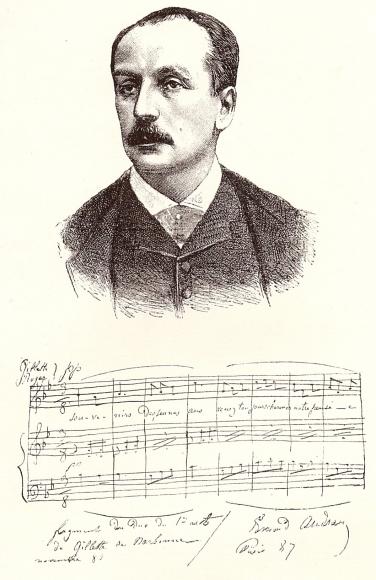
Edmond AUDRAN
1840 - 1901
Composer
Son of the tenor Marius Audran, Edmond Audran studied composition with Jules Duprato at the École Niedermeyer. In 1861, he followed his family to Marseille, where his career really began. Organist at the church of Saint-Joseph, he initially attracted attention for his religious compositions, including a Messe (1873), later performed again at the church of Saint-Eustache in Paris. In 1877, the success of Le Grand Mogol caused Audran to change direction in his work, and he subsequently became one of the leading operetta composers in the late 19th century. This first opéra-bouffe, described as a “merry grand opera” by Le Petit Journal and as a “grand operetta” by Le Figaro, was the result of his collaboration with librettists Henri Chivot and Alfred Duru. From 1879 to 1886, the three men worked together to produce Les Noces d’Olivette, La Mascotte, Gillette de Narbonne, Les Pommes d’or, La Dormeuse éveillée and La Cigale et la Fourmi. Audran had acquired a good reputation by the time he moved to Paris in 1879. Naturally gifted for comedy, appealing melodies and lively rhythms, he nonetheless pushed the genre of comic opera towards more ambitious horizons. This development was particularly apparent in Photis (1896), a comédie lyrique to a libretto by Louis Gallet, whose “full-bodied dramatic accents” were praised by Le Ménestrel, while La Nouvelle Revue wrote: “This is the expression of a very versatile, very skilled talent, rich in resources; it reveals the hand of a man who, with exceptional knowledge of his trade as an entertainer, is however able to give the public something more than idle amusement.”

